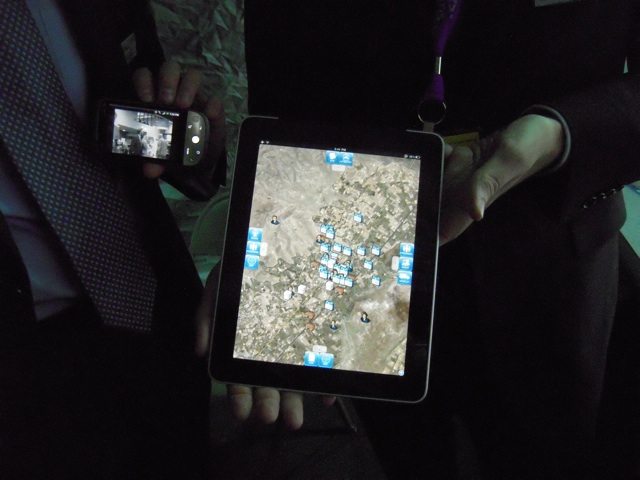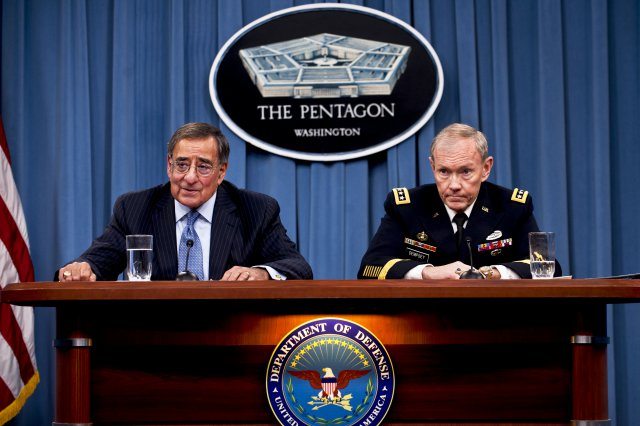A joint demonstration involving multiple defense agencies and several aerospace companies proved that smart phone technology can be used to improve battlefield awareness.
A tactical digital network, featuring advanced digital radios, hand-held cellular smart phones, a helicopter-mounted “cell tower in the sky” and a boarding party in the Chesapeake Bay recently completed a joint interoperability demonstration.
“This is a big deal because until recently, we’ve not been able to communicate between devices in a tactical networked environment without extensive preplanning and coordination,” said Cmdr. Chris McMahan, Naval Aviation Center for Rotorcraft Advancement demonstration coordinator. “Today’s data links are mostly point-to-point networks where ad hoc connections aren’t possible.”
Participating teams displayed ad hoc data sharing on a simulated battlefield in a December exercise by using hand-held cellular smart phones to send and receive real-time video, voice and text sharing between a small-boat team on the Bay and the Naval Air Warfare Center Aircraft Division’s Surface/Aviation Interoperability Laboratory.
The participating teams included NACRA, SAIL, Defense Advanced Research Projects Agency and aerospace companies Northrop Grumman and Rockwell Collins.
“It’s the same idea as accessing the Internet from a smart phone or a Wi-Fi-capable notebook to share email or a video with a friend,” explained McMahan. “The Internet doesn’t care what your device is as long as it uses the right protocols. This is the same thing, only we’re doing it encrypted in a tactical environment where we have to bring our own mobile cell tower mounted on the helicopter.”
And while that might seem routine for civilian Internet users, it’s challenging in a secure tactical arena.
“We’re trying to achieve ‘platform agnosticism,’ where you don’t have to preplan participation,” McMahan added. “Much like how we’re able to access the Internet via any number of available devices and modes, we wanted to demo an encrypted tactical network where the data is important and the devices are relatively transparent.”
Specific network capabilities included Quint Networking Technology, 4G/LTE wireless networks, L band, C band and UHF radios, PRC-117G radios, Blue Force Tracker and a 3G/4G LTE transmitter mounted on one of NACRA’s testbed helicopters.
Key to the demo was DARPA’s Tactical Targeted Network Technologies — an Internet Protocol (IP) based, high-speed, dynamic, ad hoc network hosted by the Rockwell-Collins QNT networking radios. The Naval Air Warfare Center’s SAIL acted as a ship, providing a sea-based node to the network, demonstrating the ability to access an IP-based network from the sea.











